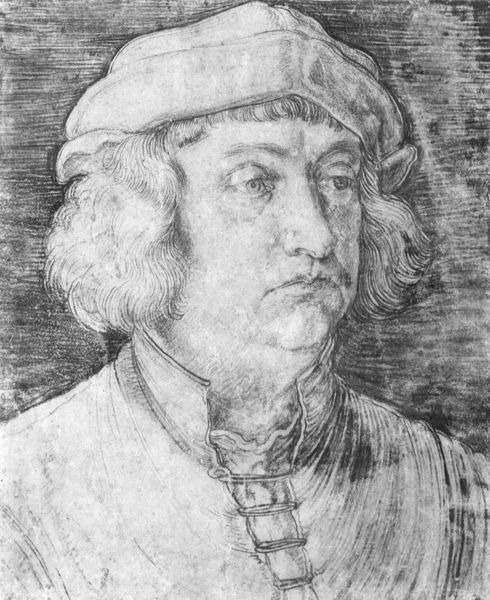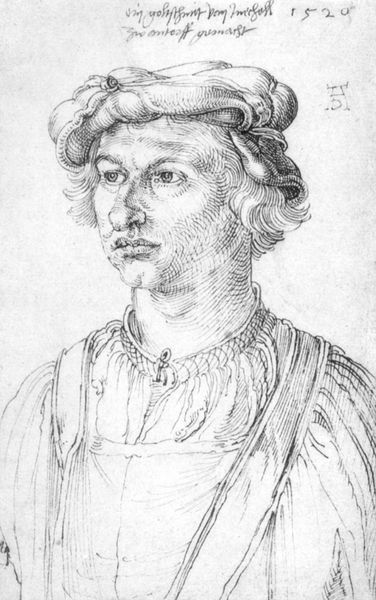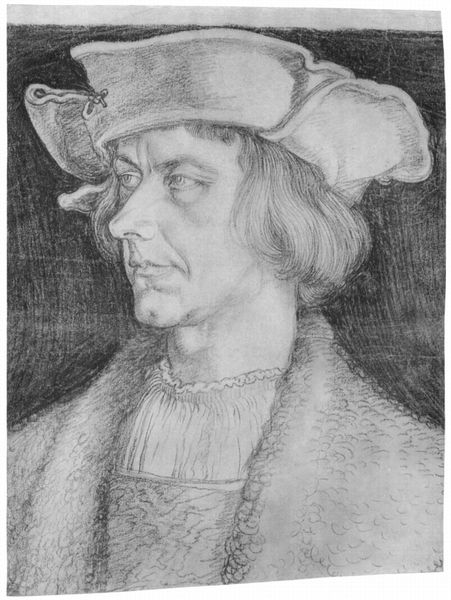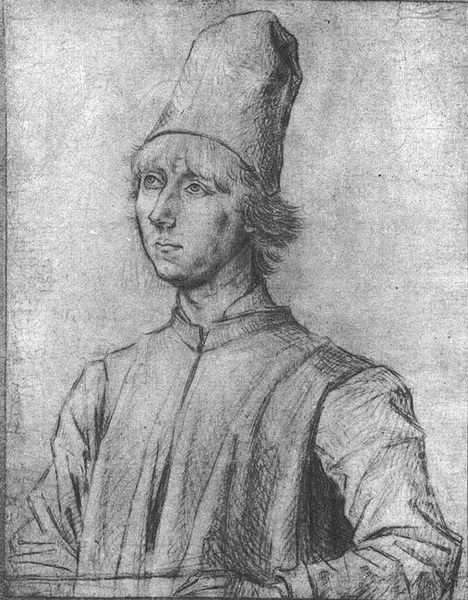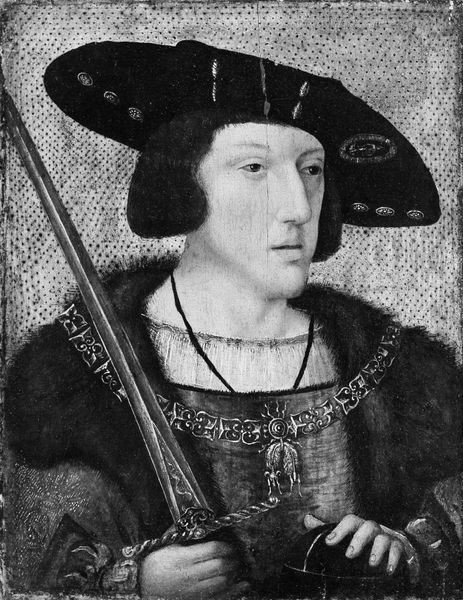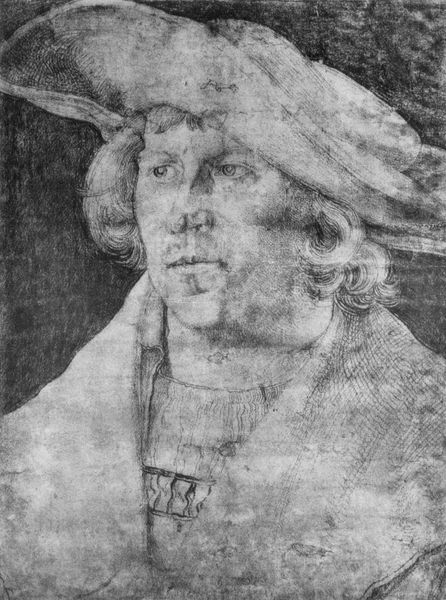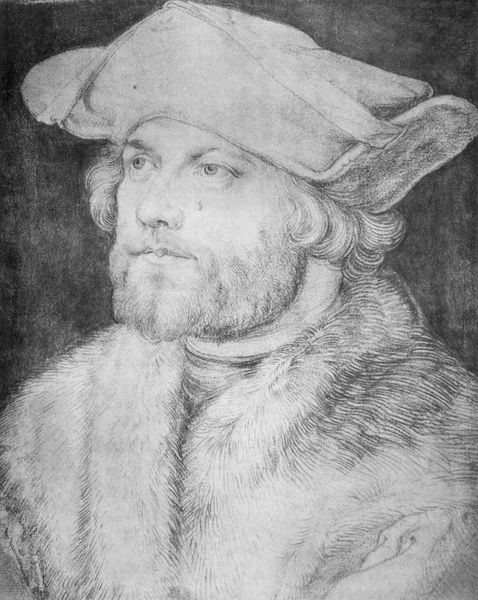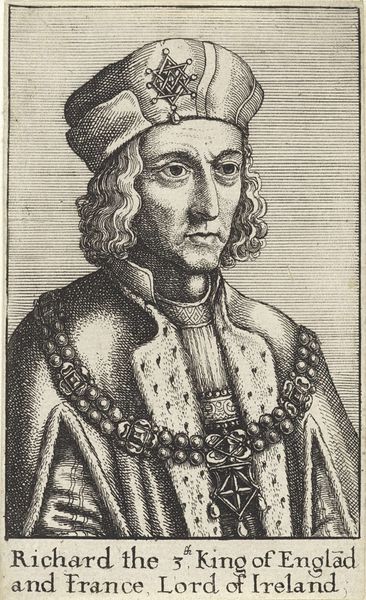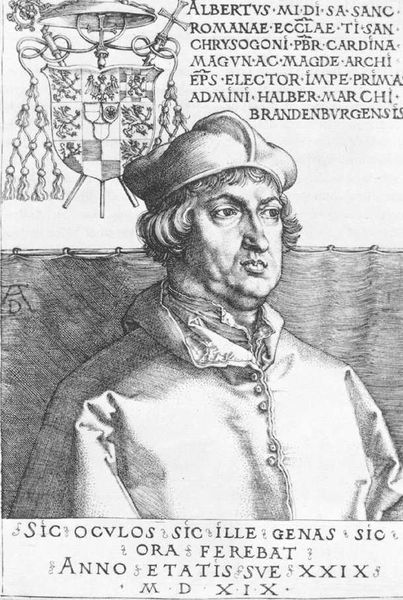
drawing, graphite
#
portrait
#
drawing
#
portrait
#
figuration
#
form
#
line
#
graphite
#
northern-renaissance
#
realism
Copyright: Public domain
Curator: Before us we see Albrecht Durer’s "Portrait of a Young Man," dating from 1520. Currently residing in the Gemaldegalerie, Berlin, this drawing is executed in graphite, showcasing a masterful rendering of form. Editor: What strikes me is the meticulous detail in the rendering of the hair and clothing juxtaposed with the young man's direct gaze. There's an intriguing austerity to the image, a kind of somber elegance achieved through rather humble means, wouldn’t you agree? Curator: Precisely. Consider how Durer manipulates the linear qualities of graphite to create both form and texture. The delicate hatching and cross-hatching demonstrate not just skill, but an engagement with Renaissance ideals of proportion and the idealization of the human figure, reminiscent of classical sculpture. Editor: I find myself more drawn to the process of production—graphite itself, the material he chose. Was it readily available? How might Durer have sourced it, processed it? Also, consider how he is depicting, through form and details of adornment, the sitter’s station and social context. How did such portraits function as both representation and social objects? Curator: An excellent point. While material availability undeniably impacts artistic choices, here it also appears as a conscious selection to refine the essence of form, minimizing distraction. Observe how his almost scientific focus enhances psychological depth through minimal, almost austere marks. This focus pushes the viewer to truly consider and see the very bones of artistic technique on display. Editor: But we can't detach artistic endeavor from the systems of patronage and workshop production prevalent at the time, or how the choice of medium influences perception and accessibility. Graphite sketches lack the monumentality of paintings or sculptures and were more easily disseminated. This accessibility allowed for the emergence of the individual artist in a completely new and different way, perhaps. Curator: Very true. I’ve been deeply absorbed by his strategic articulation of linear precision here. This truly is a master class on the line. Editor: And I am newly reminded of how artistic labor intersects with societal factors. Each portrait is more than merely the man displayed: each mark, its support, tells a much deeper tale, layer by layer.
Comments
No comments
Be the first to comment and join the conversation on the ultimate creative platform.
